- News
- Reviews
- Bikes
- Components
- Bar tape & grips
- Bottom brackets
- Brake & gear cables
- Brake & STI levers
- Brake pads & spares
- Brakes
- Cassettes & freewheels
- Chains
- Chainsets & chainrings
- Derailleurs - front
- Derailleurs - rear
- Forks
- Gear levers & shifters
- Groupsets
- Handlebars & extensions
- Headsets
- Hubs
- Inner tubes
- Pedals
- Quick releases & skewers
- Saddles
- Seatposts
- Stems
- Wheels
- Tyres
- Tubeless valves
- Accessories
- Accessories - misc
- Computer mounts
- Bags
- Bar ends
- Bike bags & cases
- Bottle cages
- Bottles
- Cameras
- Car racks
- Child seats
- Computers
- Glasses
- GPS units
- Helmets
- Lights - front
- Lights - rear
- Lights - sets
- Locks
- Mirrors
- Mudguards
- Racks
- Pumps & CO2 inflators
- Puncture kits
- Reflectives
- Smart watches
- Stands and racks
- Trailers
- Clothing
- Health, fitness and nutrition
- Tools and workshop
- Miscellaneous
- Buyers Guides
- Features
- Forum
- Recommends
- Podcast
Road cycling for beginners: 10 tips to transform your cycling experience
Cycling is great, but starting out can be a bit daunting. I grew up riding bikes, but even so I only really began to understand the nuances of road cycling when I joined the cycling club at university. Here are our top tips for newbie cyclists who've just caught the best bug in the world!
Learn your bike
This one might sound silly, but your bike has some very useful features, like brakes and gears, which are easy to use but much harder to use effectively.
> 12 essential braking tips — get better control on hills & when stopping
Our first bit of advice is to learn which brake is which. Sliding the back wheel isn’t advised, but it’s also unlikely to end your ride. Sliding your front wheel, on the other hand, is a sure-fire way to chew some tarmac.
If you can find a quiet stretch of road then a useful skill is to practice emergency stops. After all, it’s far better to learn how your bike behaves here than when you really need to. When it comes to the finer points of braking, the key is that both brakes are there to be used more or less at the same time; it is however possible to decelerate much more quickly with the front brake than with the rear brake so it’s vital that you learn to use it properly. Pro racers will use the front brake for the vast majority of their braking but getting to this level will require some practice.
The front brake can in fact slow the bike so quickly that nearly all weight is transferred to the front wheel, and that means the rear brake can’t have much effect. There’s no reason for you to go over the handlebar if you modulate the front brake properly and brace yourself against the deceleration. In slippery and wet conditions it's even more important to modulate the brakes and in this situation you may find yourself using the rear brake to a greater degree than in the dry.
Gears are also a very useful feature of modern bikes, so make sure you’re using them. Most riders find a cadence of around 90 revolutions per minute the most comfortable, so prepare to change gear as you approach climbs and descents. Before freewheeling, make sure you’re in a gear that is suitable for when you start pedalling again.
> How to get lower gears to make climbing easier
There’s no shortcut to perfecting gear changes, but the golden rules of backing off the power before changing, refraining from cross chaining and using all your chainrings and holding momentum whenever possible will get you a long way (we'll admit, it's not necessarily wrong to cross-chain according to some).
You don’t need to spend a fortune on kit and equipment
Whatever people and brands might tell you, you don’t need expensive kit to ride a bike and you also don’t need it to be 'fast'!
Look around on some club rides, and an absolutely obscene amount of money will have been spent on bikes, kit and equipment. It’s all very nice, but no you don’t need it to have a good time.
Some of my most enjoyable rides weren’t on this super fancy bike that I ride these days, but my first road bike that was second-hand and cost a few hundred quid off eBay. If you do want to shell out some cash on your new favourite sport, then check out our video on the best value bike upgrades you can make using the link above.
Padded bib shorts are a game changer (and don’t wear pants underneath them)
Your undercarriage isn’t going to like riding a bike at first but it will get used to it after a few rides. One thing that it took me a while to invest in was padded bib shorts. Trust me, they’re an absolute game changer.
When I started out I was doing a lot of running, and so had plenty of sports gear. The thing is, running/fitness leggings and shorts have the seams in all the wrong places. so when I switched to padded bib shorts it was a huge relief! I was lucky enough that someone told me pretty early on not to wear boxers or underwear underneath them, but plenty of newbies still double layer. It’s not even up for debate that this is infinitely worse!
Of course, you might not want to wear lycra, and that’s absolutely fine. There’s loads of options such as baggy shorts with a pad in, or short liners which have the padding and can be worn under an outer layer of your choice. You can even get cycling- specific trousers and jeans from the likes of Vulpine and Rapha.
Learn how to do some of your own maintenance
A big thing that comes part and parcel with riding and owning a bike is learning to do at least some of your own maintenance. Being the kind of person who can fix a bike doesn't necessarily mean you'll naturally gravitate towards fixing up cars, boats and planes before inevitably becoming a Royal Navy engineer (as per a certain ad campaign on British television a few years ago) as thankfully basic bike maintenance is quite a lot easier than servicing a Merlin helicopter. It could also save you money in the long run.
Being able to do your own repairs, such as changing an inner tube in a timely manner, being able to replace brake pads or successfully indexing your gears as the cables stretch, are things that are fairly easy to learn via instructional articles or YouTube videos. With a bit of patience, most of us will be able to grasp the basics fairly quickly and refine our skills over time.
> How to tune a rear derailleur
Being able to do these things, and taking the necessary equipment such as spare tubes, tyre levers, a pump and a multitool gives me peace of mind on rides. I don’t want to get myself stranded or be reliant on other people to get me home.
Don’t ride with underinflated tyres
> How to choose the best bike tyre pressure
Under-inflated tyres are a sure fire way to deflate your riding enjoyment. It can slow you down, it could potentially be dangerous and you also run the risk of pinching a tube and having to stop to repair it.
A track pump is one of the best investment I’ve made. It has a nice big gauge so I know exactly how much air is in the tyres, it’s much easier than using a hand pump, and it means I don’t ride around wondering why I keep getting flat tyres...
Find other people to ride with
Riding by yourself is good, but riding with mates is great. Not only will it give you people to talk to and share experiences with, but you can also travel further and faster as you benefit from some drafting.
Not only that, but you can also learn off each other, especially if you find a club or other riders that are more experienced. We’ve all made mistakes, and most cyclists are only too happy to talk about cycling!
Find some quieter roads, and choose what time of the day you ride
An ugly truth of cycling o the road is that traffic (from motor vehicles 99.9% of the time) can make or break the peace and enjoyment you'll get from a ride. You might not have the luxury when it comes to choosing when you ride, but Sunday mornings can often be quieter on the roads. Busy commuter roads on weekday rush hours are probably best avoided when you’re just starting out.
If your aim is to cycle to work or commute, then we'd recommend giving your route a trial run at a quieter time. This means that when it comes to the real deal, not only do you know how long it's likely to take, but you'll also know where you're going so there's less stress when the roads are busier.
Our advice is to use either local knowledge, advice from other cyclists, or tech such as Strava Heatmaps to locate popular cycling roads. This will help you avoid getting stuck in traffic jams with frustrated car drivers.
Clipless pedals
> SPD-SL v SPD — which clipless pedal option is for you?
If you don’t want to use clipless pedals immediately then it's absolutely fine, as it can be quite the financial outlay by the time you’ve purchased new shoes and pedals. In fact, you may not want or need to use them at all if they're not going to benefit the type of riding you're doing. Do you need them on urban commutes with a lot of stopping and starting? Probably not. However, if you're putting the miles in they do bring significant benefits to your performance, efficiency and comfort. So, if you are committed to cycling long-term, then you may as well get practising as soon as possible.
We’ve all seen the horror stories of toppling off when you come to a stop and can’t get your foot out, but we promise you will get used to it! We’d recommend practising either on a stationary turbo or soft surface such as grass to begin with. You can also just ride along, practising the action until it feels natural. Then when it comes to stopping at the traffic lights unexpectedly, you don’t end up in a panic.
Use chain lube
It’s a little-known fact that one of the most annoying noises in the world is a squeaking chain. Not only will it annoy you to high heaven, but it's also likely to make your riding buddies hate you. It's also a sure sign that you’re wearing out your expensive new drivetrain quicker than necessary.
Luckily it’s really easy to avoid! A bottle of chain lube costs just a few quid, will provide almost instant relief and a little goes a long way. One drop per link is all you need. And no, WD40 is not chain lube!
Enjoy it!
A cliche we know, but this is by far our most important tip. You’ve just got to find what you enjoy about cycling!
That might be exploring gravel tracks on a bike that’s completely unsuitable. It might be challenging yourself to ride your first 100km, or it might just be riding with a few mates on a Sunday. Your job is to find out what bit of cycling you love and to run (or ride) with it...
Let us know any of your beginner cycling tips in the comments section below, and perhaps more importantly any mistakes you’ve made.
Jamie has been riding bikes since a tender age but really caught the bug for racing and reviewing whilst studying towards a master's in Mechanical engineering at Swansea University. Having graduated, he decided he really quite liked working with bikes and is now a full-time addition to the road.cc team. When not writing about tech news or working on the Youtube channel, you can still find him racing local crits trying to cling on to his cat 2 licence...and missing every break going...
Latest Comments
- chrisonabike 1 sec ago
They shouldn't worry - the second part of the "tariff" refrain is "they can make it in US and they'll do very well".
- Mr Blackbird 32 min 10 sec ago
"At the going down of the sun, it will get in our eyes and cause us to crash into things."
- Rendel Harris 40 min 28 sec ago
Been living in the area thirty years now and Brixton Cycles (and local riders wearing their famed Rastafarian colours jersey) has been an iconic...
- Rendel Harris 48 min 32 sec ago
There will be a delay with anything the human brain is asked to process, but the Varia identifies hazards up to 140m away and shows them on the...
- chrisonabike 2 hours 45 min ago
Does the "super-loud yellow" also help alert (non-deaf / non-earbud-wearing) pedestrians? Or will it just mean dogs bark at me?
- Festus 3 hours 35 min ago
One thing that bothers me is the use of antidepressant med and driving, it never gets picked up by police. Most of these types of medicines state...
- chrisonabike 5 hours 35 min ago
Indeed - but again these are perhaps questions we should keep asking. Even if the immediate answer is "well we are where we are" or "how on earth...
- wtjs 7 hours 23 min ago
Then smash bad driving behaviour very hard...

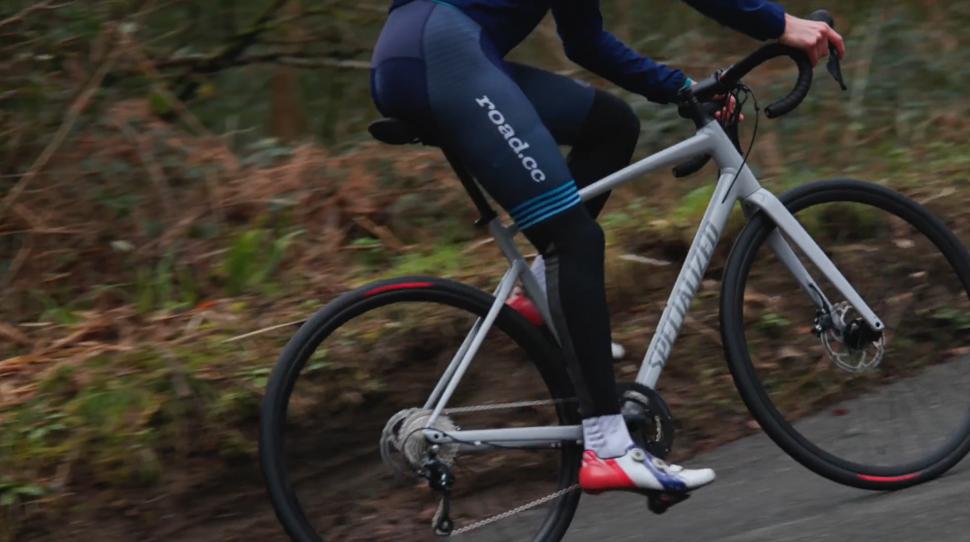

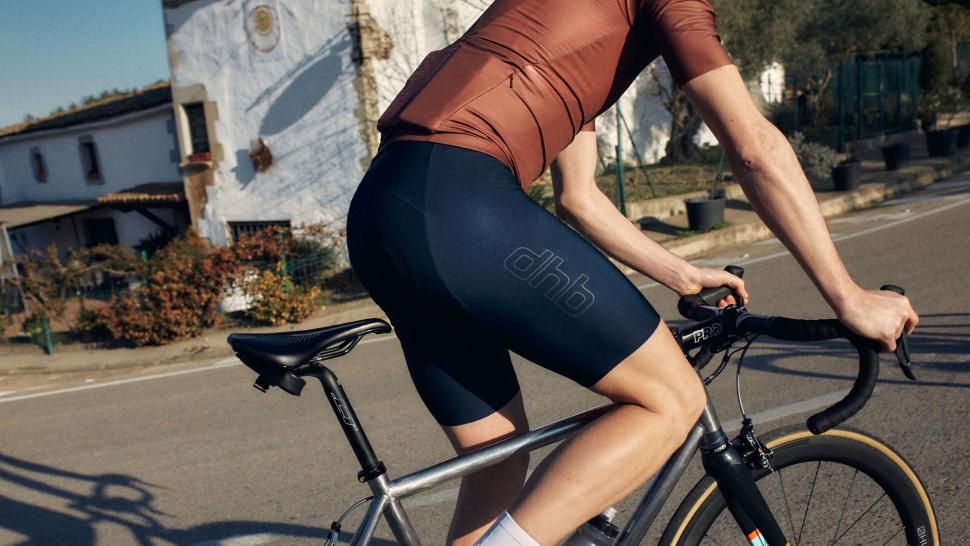
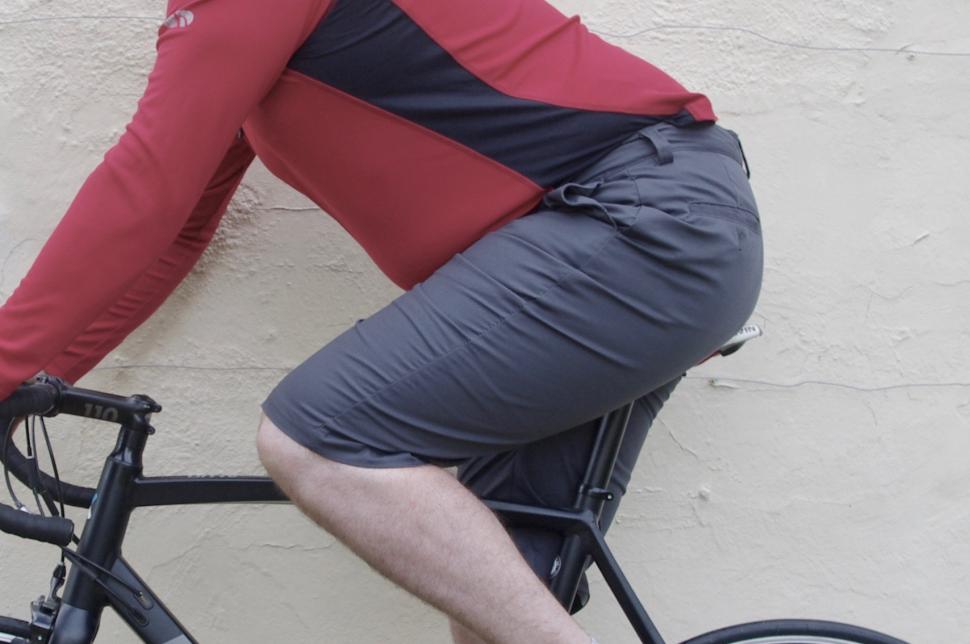
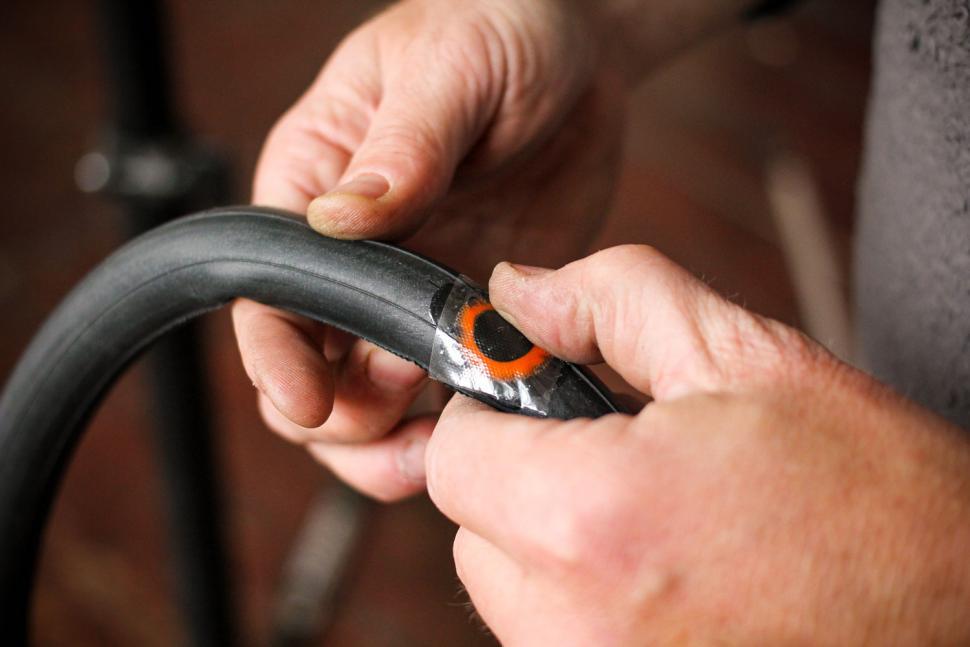




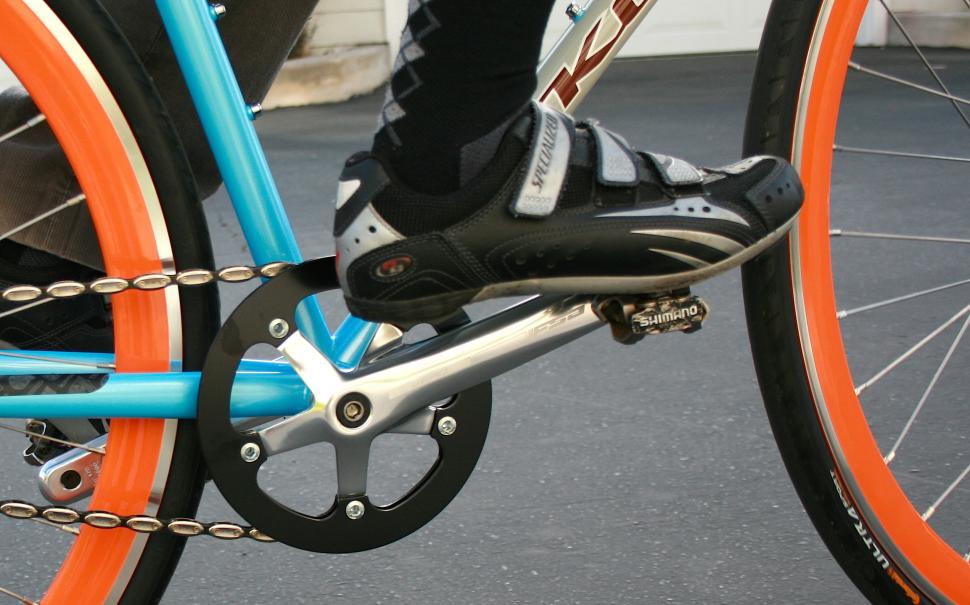
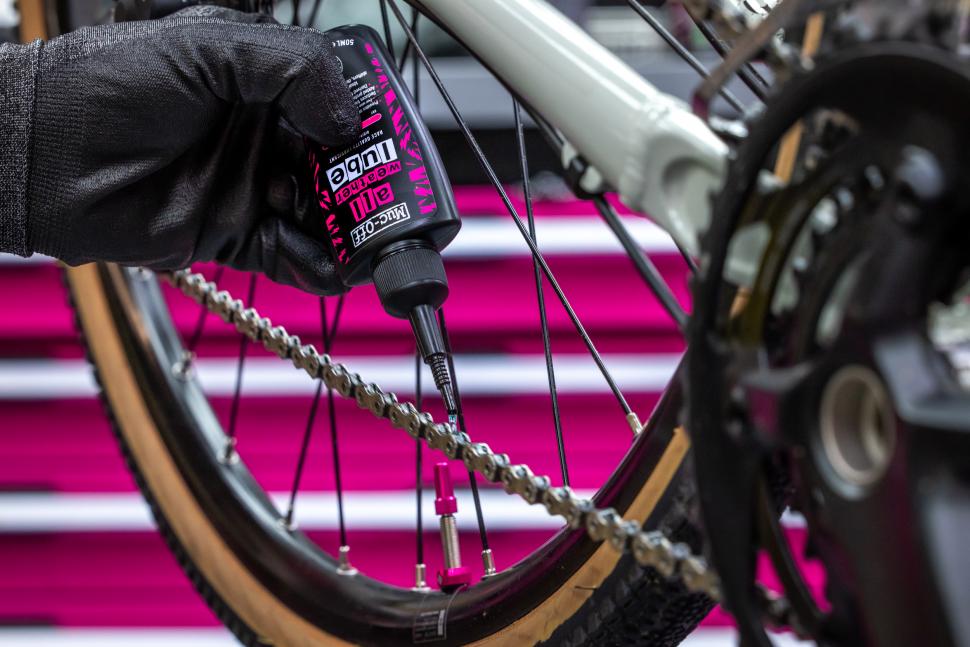
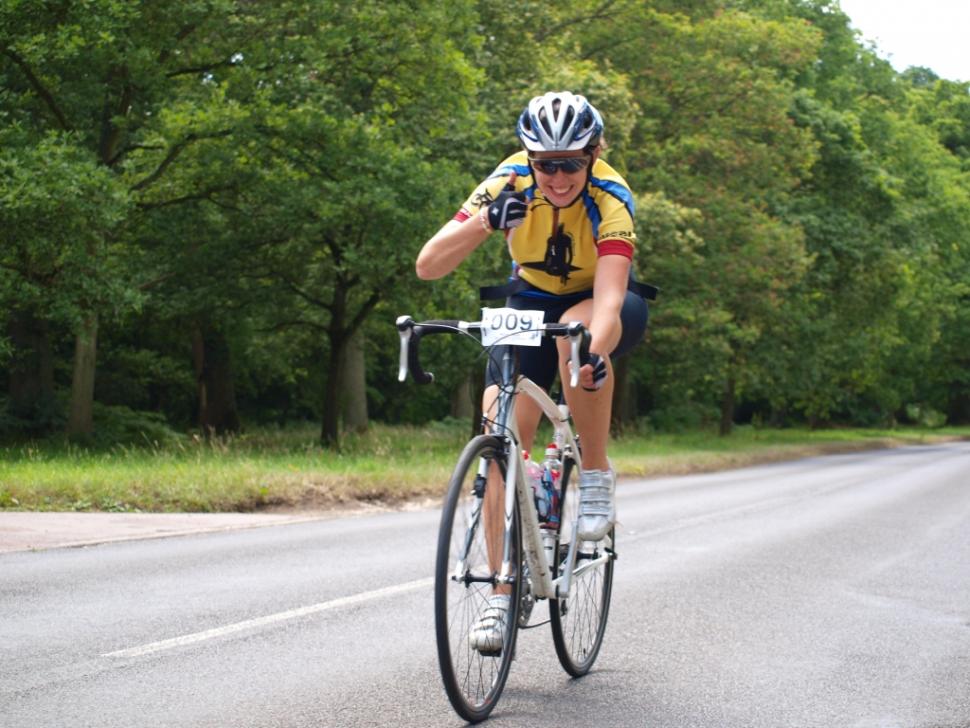
Add new comment
16 comments
This article misses out the awesome intoxicating sound of multiple click-clack-bleeps when a group ride moves off. Still love it now.
I'd nitpick over that 90rpm cadence, I've never pedalled at that revolution or more except for short bursts. When I took up road cycling I was down in the 60s and then worked up to producing power at higher revs. In fact, when I started, I didn't think it was possible for me to produce any power at that cadence.
Plenty of the older generation are still happily grinding away, and I'd suggest any sort of touring or long distance road rider is going nowhere near 90prm as a cruising cadence. I reckon I work at about 80rpm and relax in the pack at a bit less though I gave up with HRMs and cadance a few years ago once I got established as a road biker and decided numbers were a distraction.
For the article I would say something different like: with experience you will find that you can use higher cadences to tackle hills and ride more effectively, avoid grinding along and make use of gears to keep pedalling at a steady cadence as your speed changes (just as a driver would in a car). Make sure you change to a low gear when you stop to avoid straining muscles heaving away from a stop.
How would a beginner even know their cadence?
Count how many times one knee rises over 20 secs when pedalling on the flat, multiply by 3, roughly speaking.
It's better just to ride a cadence that's comfortable, whatever that number might be, and avoid grinding if possible as it does your knees in.
Riding single speed, grinding is an essential part of getting up hills, that and plenty of speed on the approach. That said, I think I bottle out around 120rpm going down hill.
Given the context is changing gears...
You'll need to add a section on selecting the correct fixie ratios.
That begs the question that they can measure 20 seconds.
Isn't that roughly the time for a beginner to clip in?
Quite, I might even avoid that word, just recommend that beginners be aware that generally it is better to pedal quickly and smoothly in lower gears rather than than slowly, heaving up hills in higher gears.
In the immortal words of Foggy; 'there's a back brake?'.
"When it comes to the finer points of braking the key is that they're both there to be used more or less at the same time but the front brake is more for scrubbing off speed while the back brake does the stopping."
I'm sorry but this is complete nonsense, in total contradiction with physics. The fact that it's so easy to lock up the rear wheel tells you that it transmits very little braking power to the road. It's the front brake that does it all, or nearly, as inertia shifts most of the weight forwards when braking, especially when emergency braking. In the latter case the back brake becomes virtually useless, or even dangerous.
That's something one should learn actually, to leave the back brake well alone in an emergency and to concentrate on braking effectively at the front.
The back brake has its uses, when there's a risk of the front wheel sliding or the front brake locking up, i.e. only on slippery or loose road surfaces. Then the back brake can be used to scrape off speed. Otherwise it mostly wears your back rim.
😎😎😎
Should have been written the other way round, i.e.
"When it comes to the finer points of braking, the key is that both brakes are there to be used more or less at the same time, but the back brake is more for scrubbing off speed while the front brake does the stopping."
My apologies, you're all absolutely right and we muddled our words - we promise we know how to brake properly! The article has now been updated
Nothing about moving your weight back, or at least not letting it move forward, to help keep the back end on the ground.
Always nice to see Anthony Maynard make an appearance!